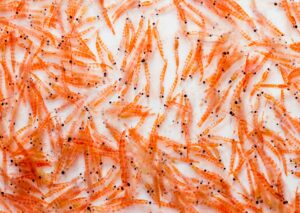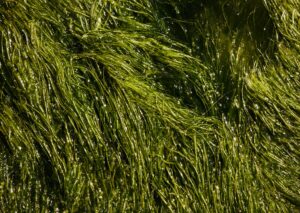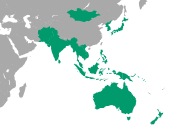Aquaculture, which is expanding rapidly to meet the growing global demand for seafood, faces major challenges in fish feeding. Traditionally, fishmeals, particularly those based on wild fish, are an essential protein source in the diets of aquatic species.
However, environmental and economic concerns are pushing the sector to explore alternatives, such as plant protein ingredients. This transition raises crucial questions such as:
- What is the impact of this change on the taste of the feed?
- Are plant-based feeds less palatable? Could this affect the productivity of thefarms?
Fishmeals in Aquaculture

Fishmeals, mainly derived from wild fish, are rich in essential amino acids, promoting optimal growth of farmed fish. However, the overfishing required to produce these meals poses major ecological problems.
This is also the case with the intensive exploitation of krill, which raises ecological concerns due to its central role in the Antarctic food chain. Krill is highly valued for the production of very attractive meals rich in proteins and essential amino acids. Many species, such as penguins, seals, and whales, depend on krill for their food. Excessive fishing could disrupt these fragile ecosystems and affect local biodiversity.
Additionally, cost fluctuations and dependence on a limited resource encourage producers to seek sustainable alternatives .
The emergence of plant proteins
Despite advances in aquaculture nutrition research and the drastic reduction in the proportions of animal and marine meals and oils in aquaculture feeds, it remains difficult to raise certain fish species (particularly carnivores) with 100% plant-based formulas. Several options exist today to replace animal and marine meals:
- Insects, which have a variable nutritional profile depending on the species considered, but are very interesting due to their high content of good quality proteins. Insect meals appear to be an interesting solution from the perspective of industrial production. Tests conducted on trout and salmon have shown that the use of insect meals does not alter the taste of the flesh and even allows a 30% weight gain compared to fish meals.
- Algae: macroalgae (red, green, brown algae), and microalgae (spirulina, chlorella, Dunaliella, Haematococcus, etc.)
- Yeasts and single-cell proteins
- Plant meals, derived from sources such as soy, corn, or wheat, offer a potential solution. They are more sustainable and have greater availability. However, their nutritional composition differs from that of fishmeals, particularly in terms of amino acid profiles. These differences can influence fish growth and the organoleptic quality of the final products .

Plant-based alternatives therefore have many advantages, but they also have disadvantages:
1- Impact on the taste of fish and shrimp feed
Several studies have been conducted to evaluate the effect of incorporating plant proteins on the taste of fish feed. The results indicate that high substitution rates can lead to alterations in the sensory profile, including changes in texture and a decrease in the characteristic fish flavour of the feeds. However, balanced formulations, judiciously combining animal and plant meals with palatable compounds, can maintain a taste quality appreciated by fish.
2- Impact on performance
Low digestibility: The speed of digestion is an important criterion to consider when determining the nutritional quality of proteins.
Strategies to preserve taste quality of fish feed
To mitigate potential negative impacts on taste, several approaches are considered:
- Amino acid supplementation: adjusting diets to compensate for the deficits of plant meals.
- Treatment of plant ingredients: processes aimed at reducing antinutritional compounds and improving digestibility.
- Use of flavourings: integration of substances that enhance the sensory profile of aquaculture products.
Replacing fishmeals with plant meals in aquaculture is a promising approach for more sustainable production. However, it is essential to master feed palatability to ensure that the transition does not negatively affect the taste and therefore feed intake. A balanced and informed approach will reconcile environmental requirements and consumer satisfaction.








